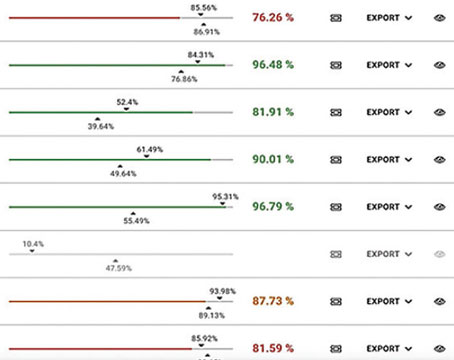THE COMPUTER TECHNOLOGY THAT HELPS AIRPLANE pilots hone their skills is now available for surgeons. The Mannheim, Germany, company VR Magic has recently developed a virtual reality surgical trainer called EyeSi, short for Eye Simulation, that brings realistic surgical scenarios to the computer. So far, the company has released a suite of retinal-surgery modules, and six EyeSi systems have been sold in the United States so far. Here's how EyeSi works, as well as impressions of it from one of its first users.
The EyeSi is an organic-looking eye model with instrument ports. The user inserts two blunt, featureless instruments into the ports, and views the "case" through an operating microscope that gives a stereoscopic view of the retina. The processor and a flat-panel monitor are situated beside the eye model.
In the oculars of the simulated microscope, the anonymous instruments and the lifeless eye model spring to life, the former looking like a pair of any number of retinal instruments, and the latter appearing to be a living retina. The flat-panel monitor can switch between a view of what the surgeon is seeing or simulated control panels for the instruments, such as a vitrectomy machine's console. An instructor can also use the monitor to bump up the difficulty of a surgical trainee's case on the fly.
 |
| EyeSi allows you to practice maneuvers such as epiretinal membrane peeling. |
"It far surpasses pig eyes, eye-bank eyes or anything like that," says Bert Glaser, MD, whose practice purchased the EyeSi to use in fellowship training and OR-team training. "It's superior to these other methods in not only the maneuvers but the feel of it."
He says that this realism can help someone build experience safely. "As a retinal surgeon and head of a fellowship program for retinal surgeons, I'm aware of the precise movements our surgeons have to learn," says Dr. Glaser, "such as peeling an epiretinal membrane or the internal limiting membrane. During their training, they have a finite number they can do on patients, but now, with this machine as part of our program, before they operate on a patient they have to do 30 or 40 on the simulator."
Markus Schill, co-founder and chief executive officer of VR Magic, says the system's development took about six years, and started as a program to help neurosurgeons plan procedures. "It was done with code that took two days to find a solution," he says. "It eventually calculated where and what kind of procedure to perform, but it was unsatisfying waiting two days. So, to speed up the algorithms, we gradually took out real physical properties and replaced them with descriptive models." They then took the retinal simulator to a group of surgeons to get their feedback. This testing led to the system's physics models.
All of this research and hardware doesn't come cheaply, however. The EyeSi starts at $75,000, but can go up to $140,000 by adding different hardware or software modules, such as those for ILM peeling and epiretinal membrane removal.
The next step for VR Magic is a cataract-surgery simulator, which Mr. Schill says will be officially released at the American Academy of Ophthalmology meeting in October. You can also learn more about the system at vrmagic.com.




